10 Tips for Plumbing in an Older Home
Owning an older home is both a privilege and a responsibility. These properties often feature timeless craftsmanship, architectural beauty, and a sense of history that newer homes can’t replicate. However, behind the charm lies an aging plumbing system that can present unique challenges for homeowners. Outdated materials, hidden leaks, and inefficiencies can lead to costly repairs if not addressed properly. Understanding how to maintain, repair, and modernize these systems is crucial for preserving both the integrity and comfort of your home. The following guide outlines key strategies and expert insights to help homeowners navigate the complexities of plumbing in older properties while maintaining their historical appeal.
1. Understanding the Unique Challenges of Older Homes
Older homes carry historical charm, but their plumbing often comes with unique challenges. Materials like galvanized steel, cast iron, and lead were commonly used, and while durable in their time, they rarely withstand decades of use without issues. Galvanized steel corrodes and restricts water flow, while cast iron weakens and can cause hidden leaks. Lead piping, still present in some homes, poses significant health risks and requires immediate replacement. Outdated fixtures may also harbor bacteria and reduce water quality. According to Houzeo, homes over 40 years old should receive annual plumbing inspections. By understanding the distinct challenges, homeowners can make informed decisions that balance modern functionality with preserving historical integrity.
2. Prioritizing Initial Inspections
A comprehensive initial inspection is critical for evaluating plumbing systems in older properties. Exposed pipes, sinks, and fixtures should be checked for corrosion, leaks, or blockages. Professional plumbers often employ video inspections, sending small cameras into pipes to locate rust, clogs, or deterioration without invasive work. Water pressure and flow tests reveal restrictions, often tied to aging materials. Identifying and labeling shut-off valves is another essential step for handling emergencies quickly. Partnering with experienced plumbing contractors ensures that assessments are accurate, tailored to the unique quirks of older systems, and compliant with current building codes.
3. Repipe or Repair: Making Informed Decisions
When issues arise, homeowners must decide between repairing existing pipes or repiping with new materials. This decision depends on pipe age, material, and current condition. Frequent leaks or discolored water often indicate deterioration that repairs cannot fully address. While repairs may appear cost-effective initially, repeated work adds up. In many cases, repiping proves to be the more economical long-term solution. Modern materials such as copper and PEX offer superior durability and efficiency compared to older steel or lead. Consulting trusted plumbing contractors helps determine whether repairs suffice or replacement is the smarter financial choice.
4. Signs of Pipe Deterioration
Identifying early signs of pipe deterioration can save homeowners from expensive emergencies. Common indicators include low water pressure, frequent clogs, and unusual odors. Discolored water often points to rust and corrosion inside old pipes, while persistent leaks suggest weakening integrity. Over time, these issues compromise both water quality and structural safety. Visible inspections of exposed plumbing, combined with professional testing, provide clarity on system health. Engaging plumbing contractors to evaluate these warning signs ensures that repairs or replacements are completed before small problems escalate into costly disasters.
5. Preserving the Aesthetic of Historical Fixtures
Older homes often feature vintage fixtures with unique character. Refurbishing rather than replacing them maintains the home’s charm while ensuring functionality. Methods like re-plating, polishing, and sealing restore aesthetics while supporting modern performance. In some cases, retrofitting with flow restrictors or updated internal valves enhances efficiency without altering appearance. Salvage yards and specialty shops can provide authentic, period-correct replacements when restoration is not feasible. Balancing preservation with modernization requires thoughtful planning, and skilled plumbing contractors can integrate new systems without sacrificing the home’s original style and value.
6. Updating Systems for Efficiency and Savings
Older plumbing systems often consume more resources than necessary. Installing high-efficiency toilets and low-flow faucets can dramatically reduce water usage, lowering utility bills. Tankless water heaters eliminate standby energy loss and save space, while smart technology like leak detection sensors or automatic shut-off valves adds modern security. Proper insulation of pipes stabilizes temperature and pressure, preventing freeze damage in colder climates. Partnering with plumbing contractors ensures upgrades are properly installed and tailored to the home’s specific needs, blending efficiency with comfort while respecting the property’s historical context.
7. Preventive Maintenance Practices
Routine maintenance extends the lifespan of older plumbing systems and reduces the likelihood of emergencies. Scheduling annual inspections helps detect leaks, corrosion, or blockages early. Maintenance plans should include cleaning drains, flushing water heaters, and checking shut-off valves for functionality. Preventive steps like insulating exposed pipes or replacing worn fixtures keep systems efficient and reliable. According to industry professionals, proactive care is the single most effective way to safeguard aging infrastructure. Working closely with plumbing contractors ensures these practices are consistently followed, preventing breakdowns and preserving long-term value.
8. Financial Planning for Plumbing Renovations
Renovations in older homes often reveal hidden surprises—like decayed pipes or outdated fixtures—that add to costs. Setting aside a contingency fund helps manage these unforeseen expenses without disrupting the project. Exploring financing or grant options, particularly for eco-friendly upgrades, can make improvements more affordable. Evaluating multiple contractor proposals ensures fair pricing and helps identify providers experienced with older properties.
Balancing DIY efforts with professional services also plays a role, as many tasks—especially those involving building codes—demand the expertise of licensed plumbing contractors. Careful financial planning ensures projects stay on track and within budget.
9. Balancing Functionality and Aesthetics
Striking the right balance between modernization and preservation is key when upgrading older homes. While performance improvements are necessary, respecting the historic architecture keeps the home’s unique identity intact. Smart integration of upgrades, like concealing modern piping behind period-appropriate fixtures, ensures seamless blending of old and new. Renovations should enhance, not detract from, the property’s charm. Collaborating with plumbing contractors who understand both technical and aesthetic considerations provides the best outcome. This approach allows homeowners to enjoy efficiency and safety while maintaining the authenticity of their home.
Homeowners should also consider materials and finishes that complement the home’s original design. For example, opting for fixtures with a vintage appearance but modern functionality can provide the best of both worlds. This strategy ensures plumbing updates do not appear out of place, maintaining consistency with the rest of the property’s style. Even small details, such as choosing hardware that matches period décor, contribute to an authentic look while delivering modern performance.
Another important aspect is ensuring that upgrades improve comfort without erasing history. For instance, adding water-saving technologies or updating pipe insulation can drastically increase efficiency without being visible to the eye. By focusing on behind-the-scenes improvements, homeowners preserve the home’s exterior and interior charm while still reaping the benefits of modern plumbing. Skilled plumbing contractors play a key role here, offering solutions that respect tradition while addressing today’s needs.
10. Evaluating Affordability and Efficiency
Investments in plumbing should always be weighed against their long-term benefits. While repiping, fixture upgrades, or tankless water heaters can involve significant upfront expenses, the reduced maintenance costs, improved efficiency, and added home value often offset the initial outlay. Conducting a cost-benefit analysis clarifies which projects yield the best returns over time. Projects that improve water quality, increase safety, or prevent emergencies typically provide the greatest payoff. By consulting experienced plumbing contractors, homeowners can prioritize renovations that maximize value while supporting both immediate comfort and future savings.
Addressing plumbing in an older home requires both careful planning and professional guidance. From understanding the challenges of outdated materials to deciding between repairs and repiping, each step benefits from the insight of skilled plumbing contractors. Preventive maintenance, financial preparation, and thoughtful modernization ensure that systems remain functional without sacrificing historical character. According to industry experts, proactive investments in efficient fixtures, updated piping, and eco-friendly upgrades protect both your property’s value and your peace of mind. For reliable support in preserving and modernizing your older home’s plumbing, contact Tim Rausch Plumbing LLC today and ensure your system is ready for the future.
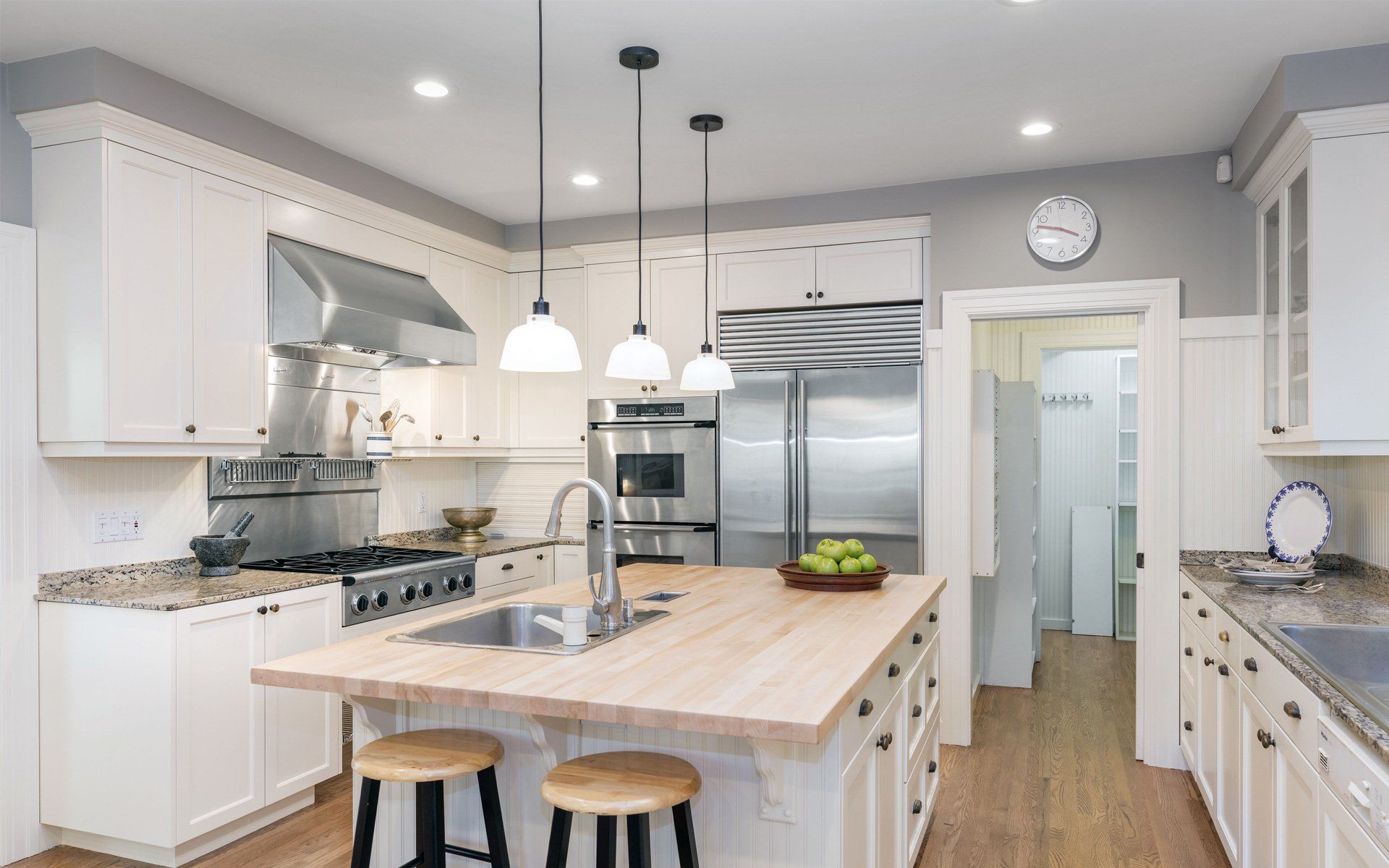
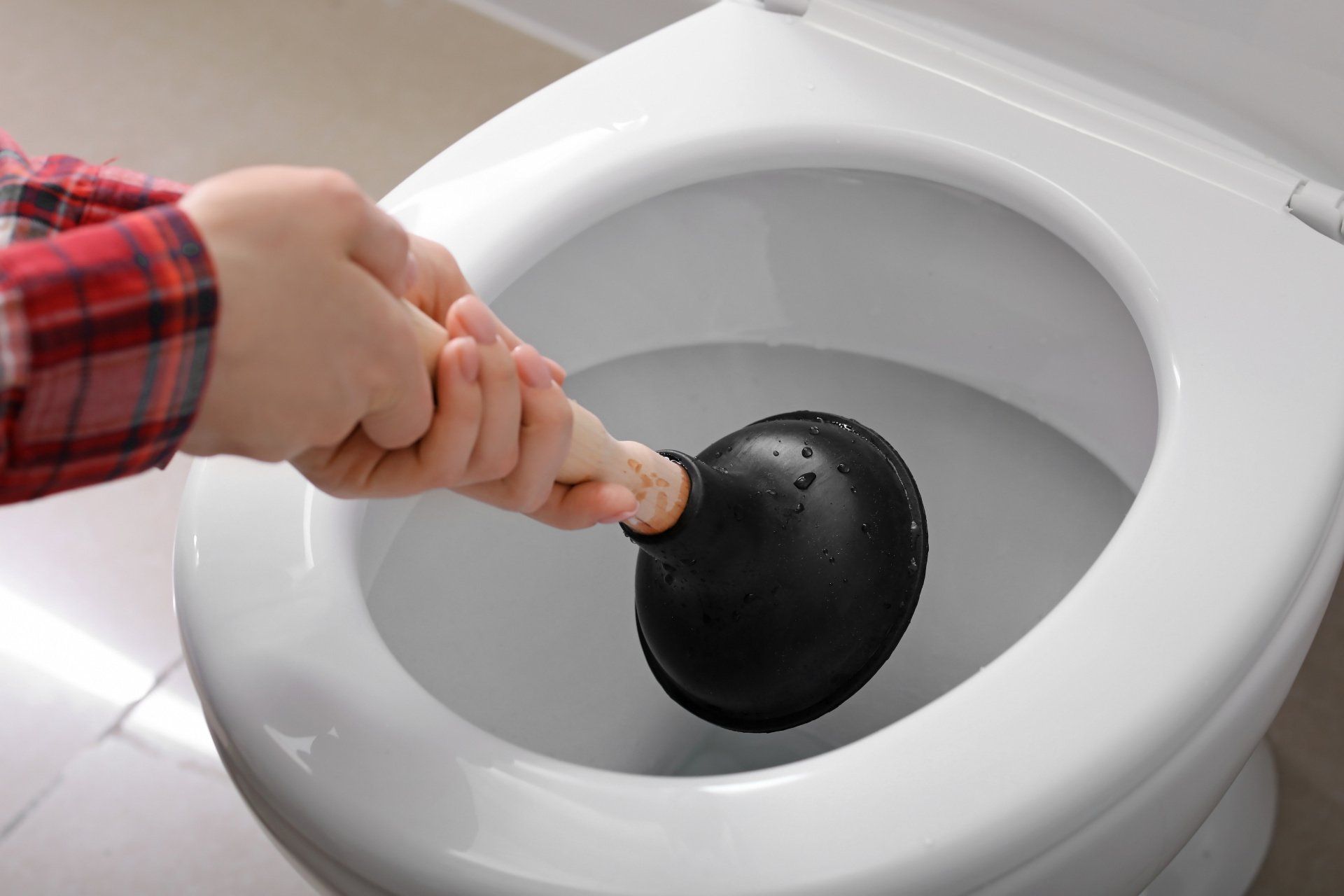
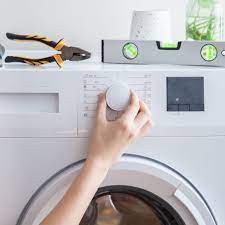
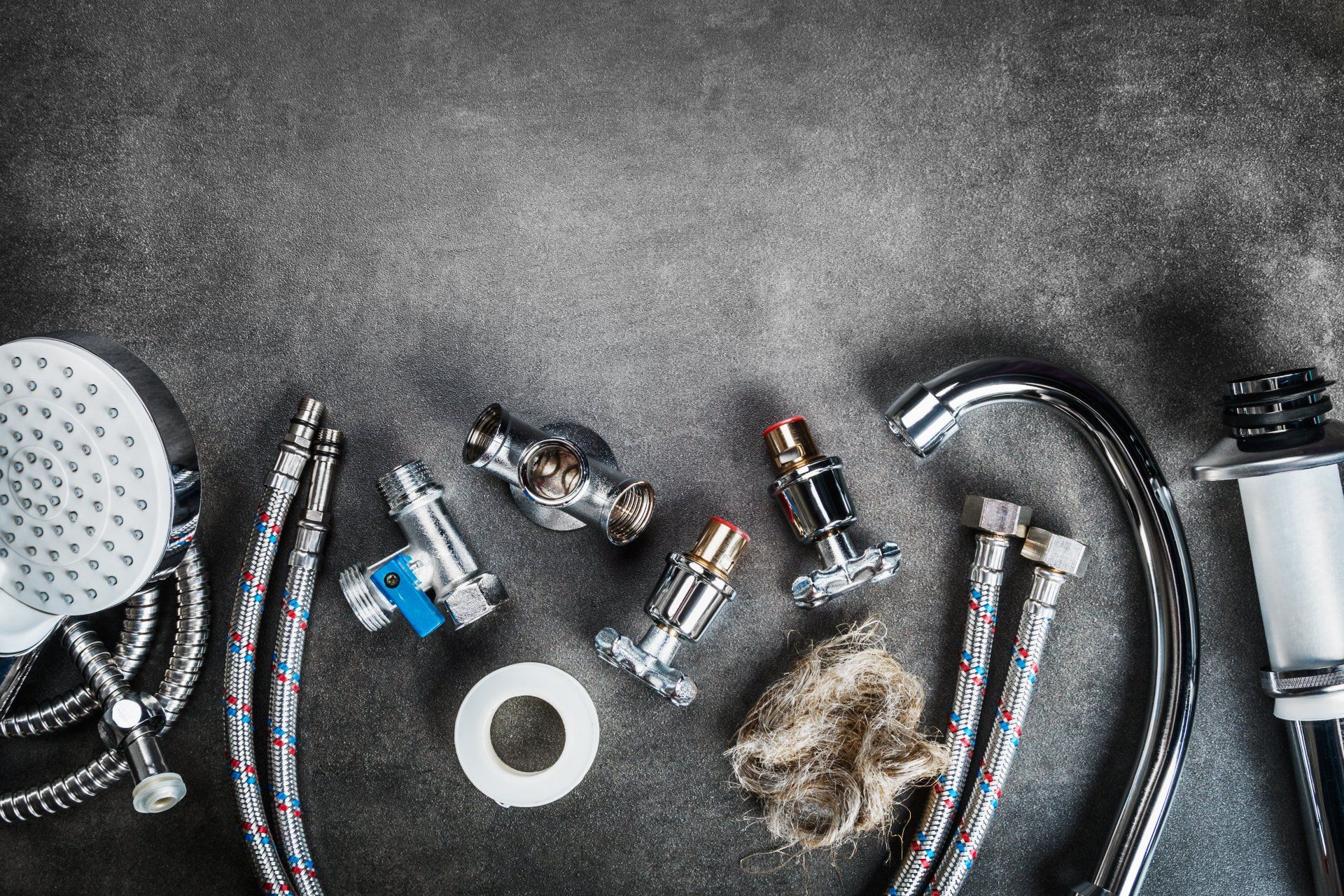
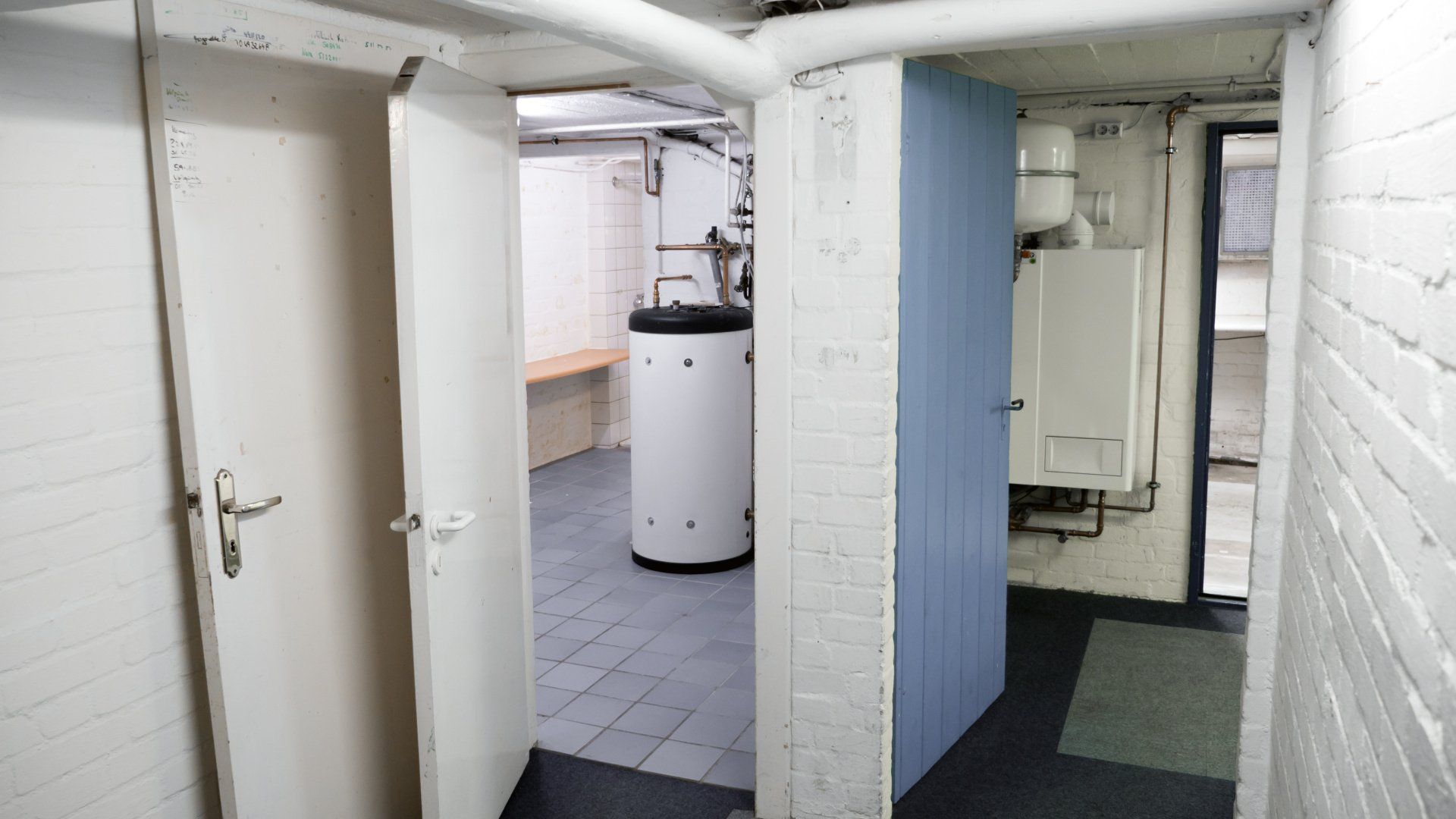
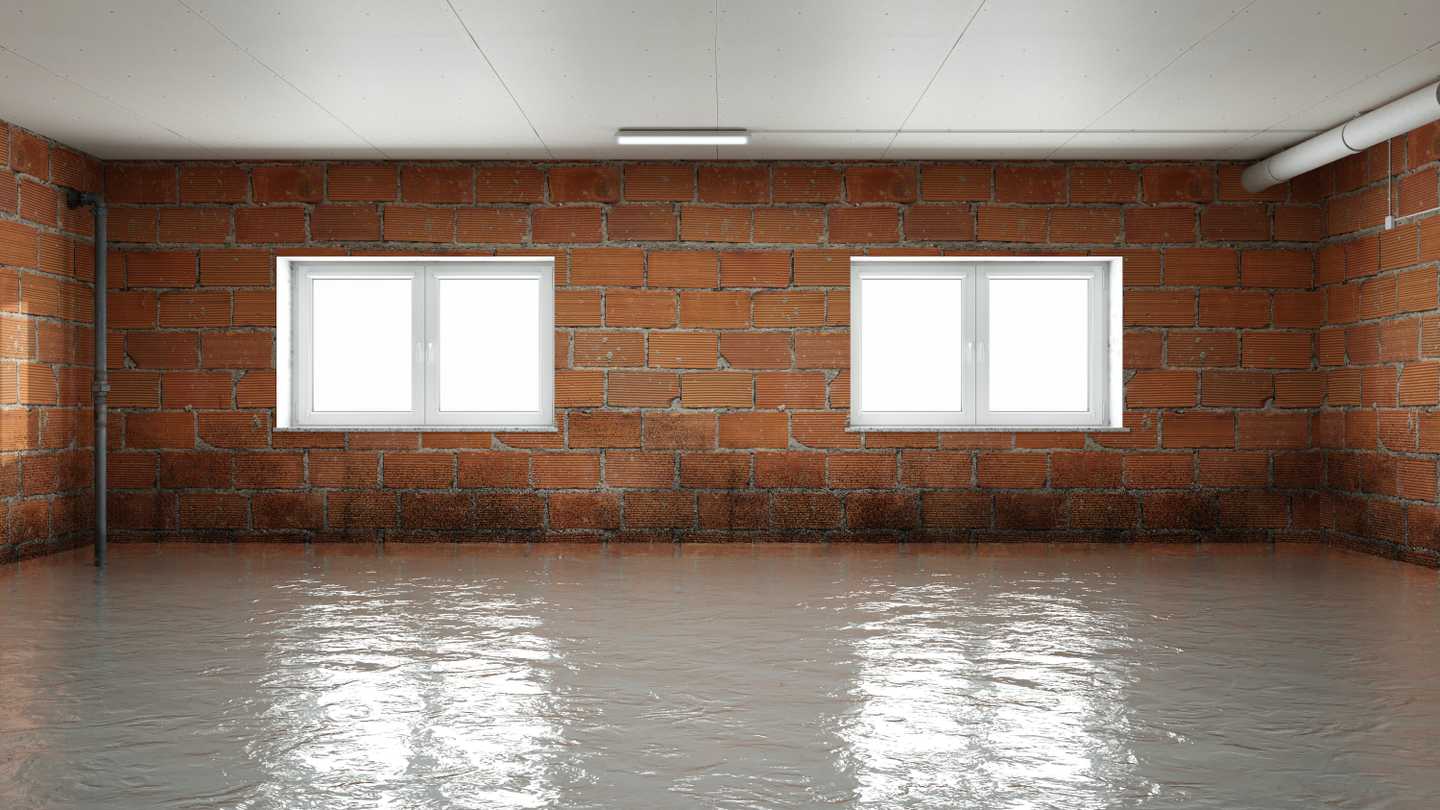
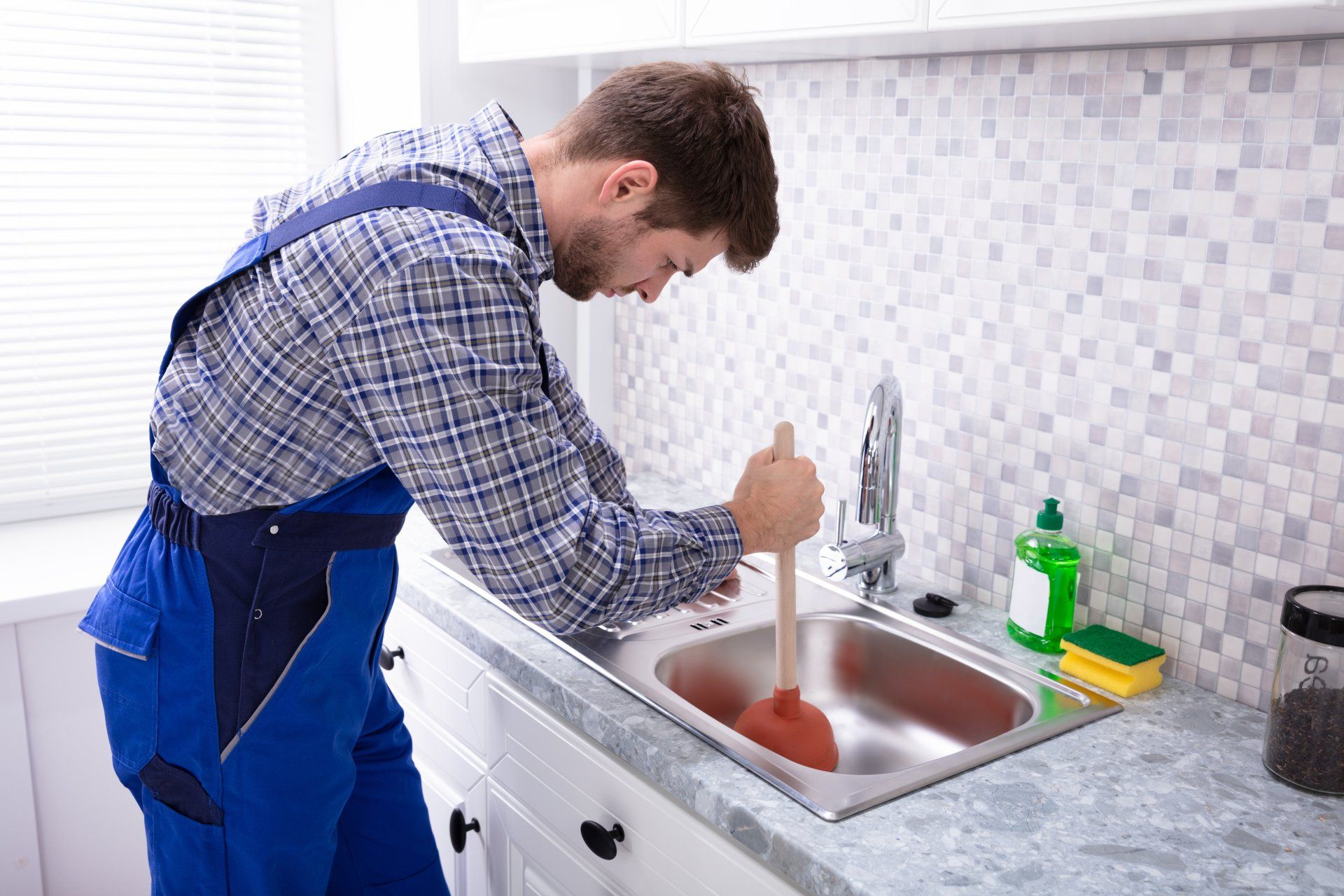
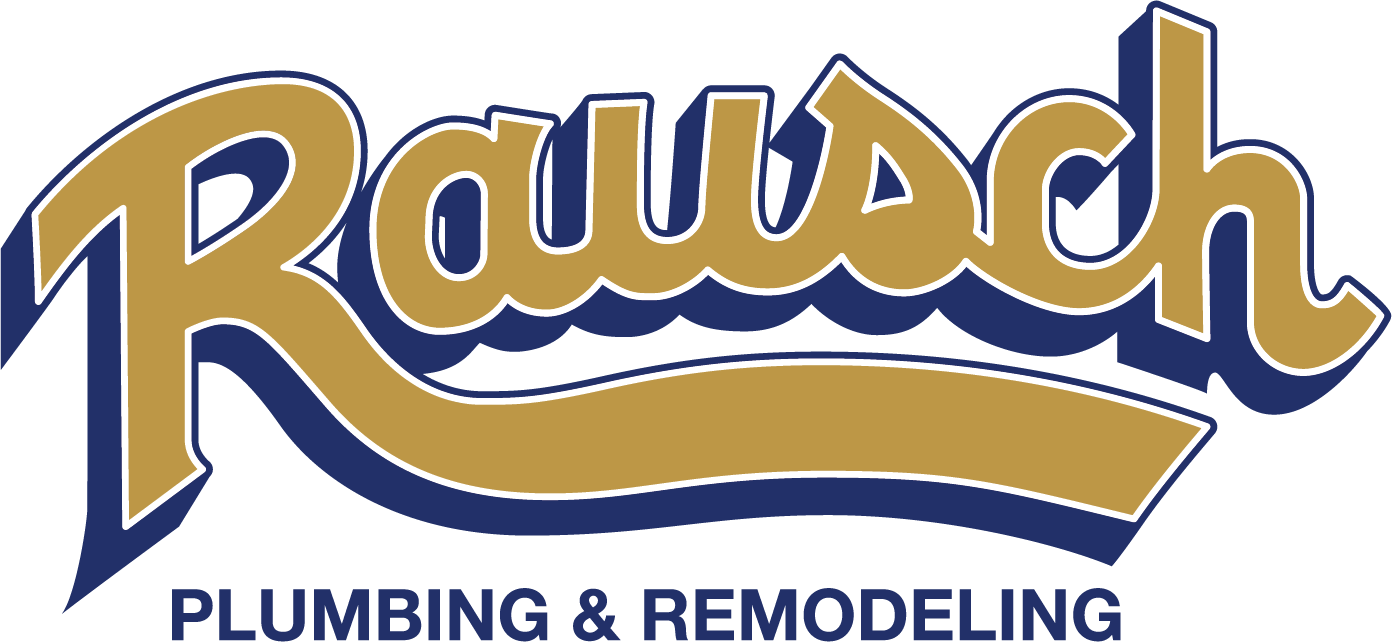


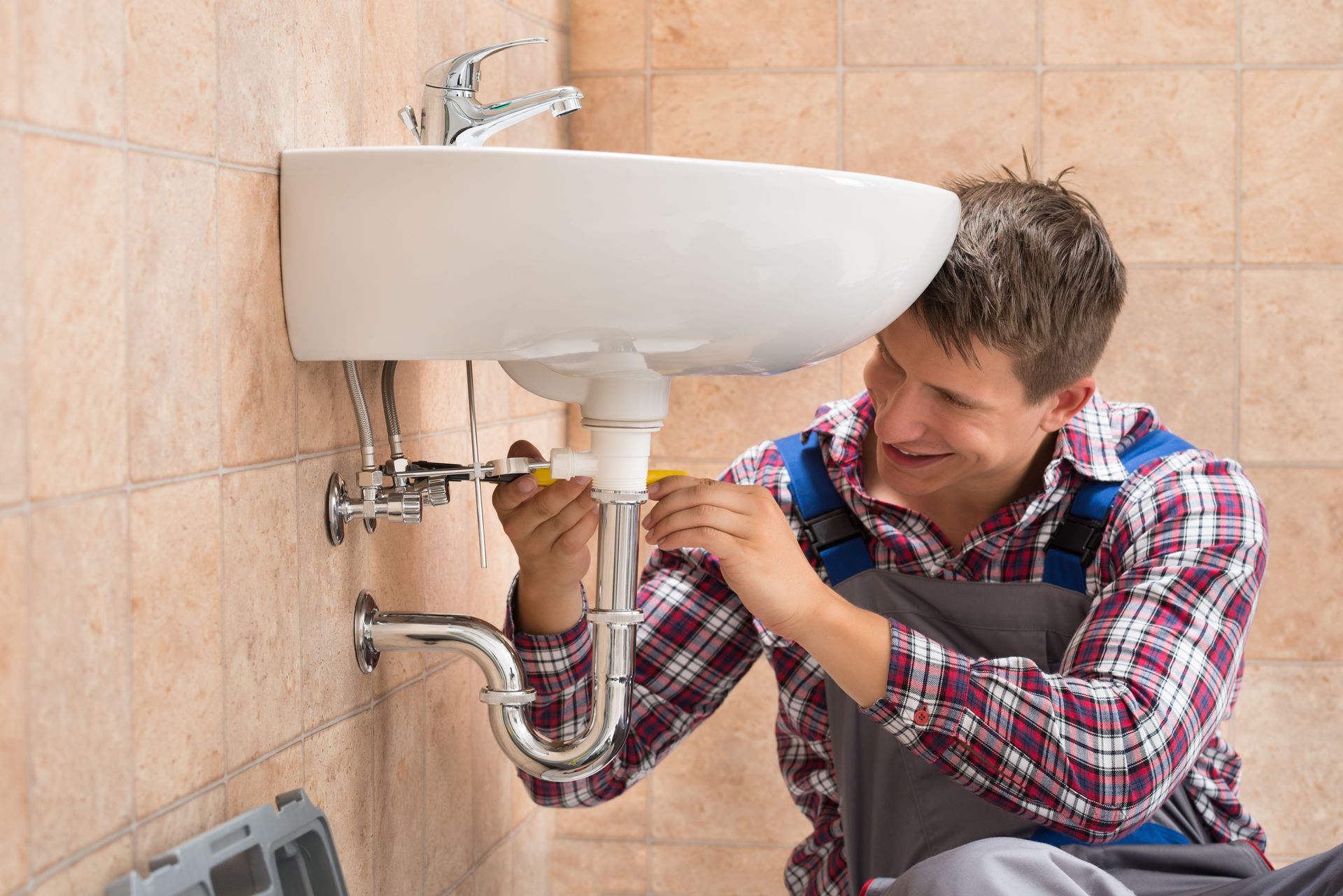
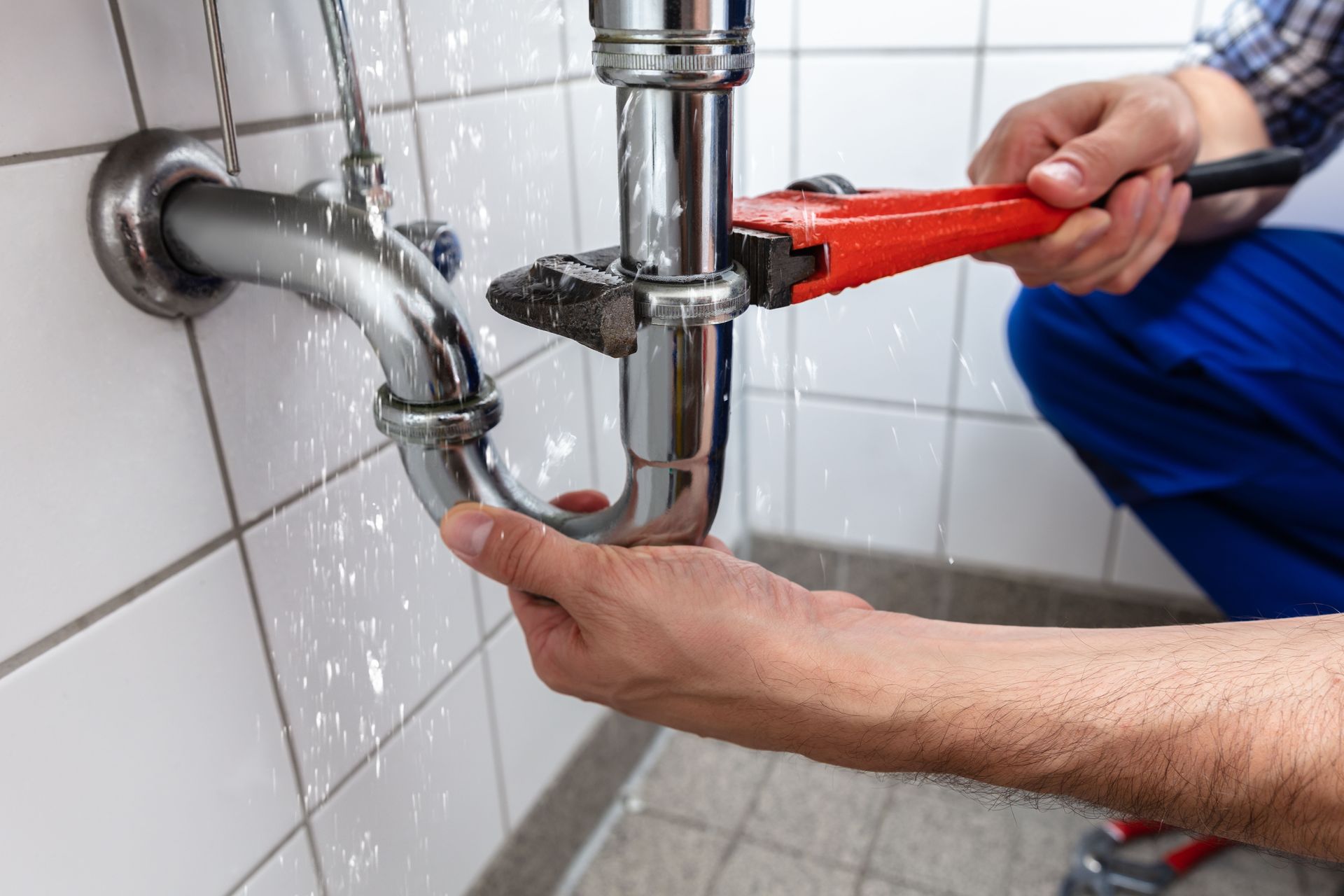
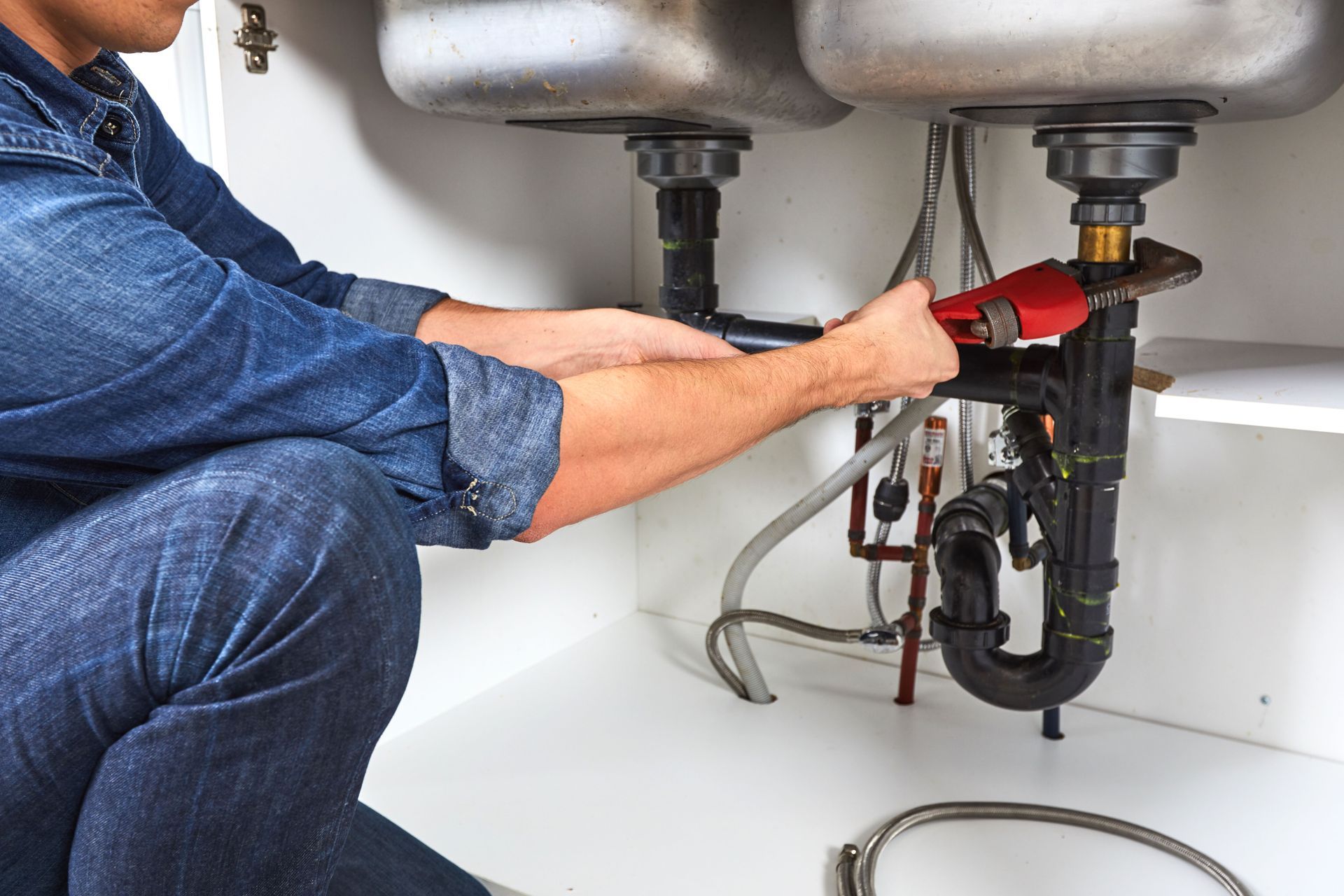
Share On: